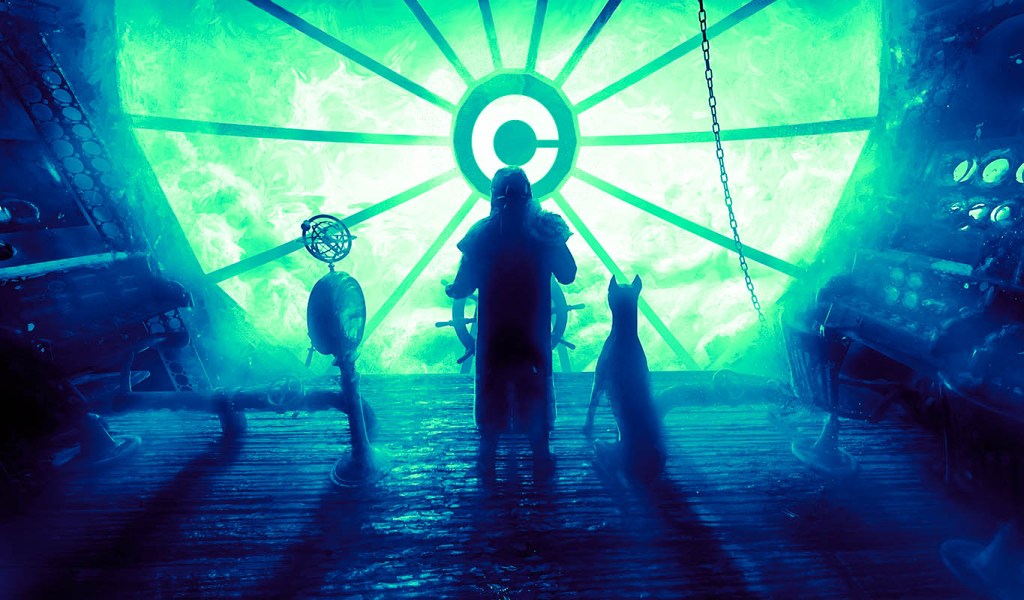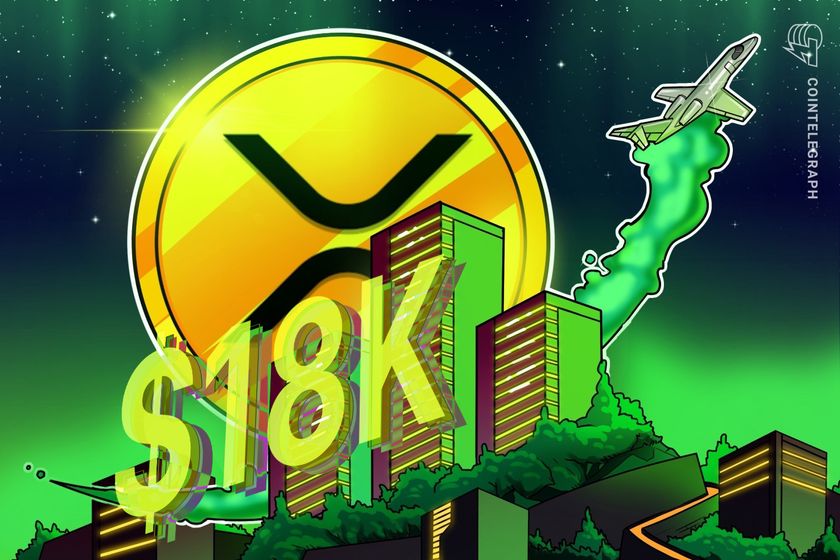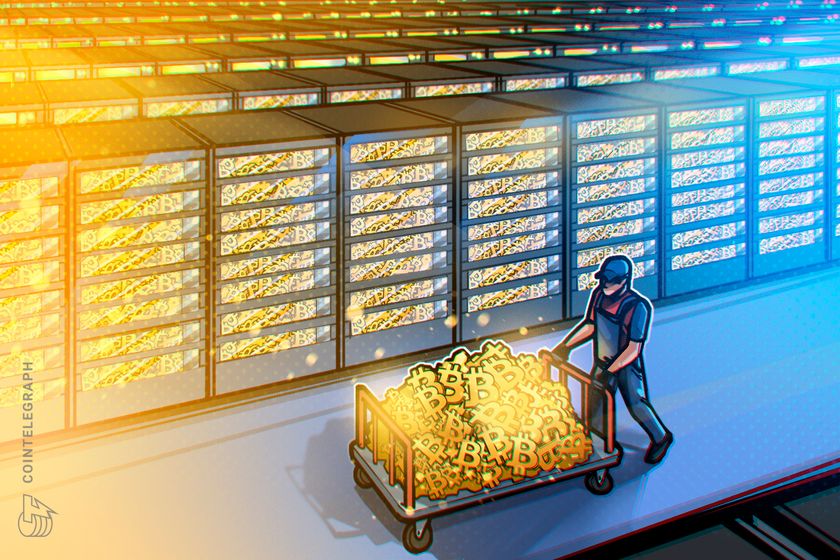
Web3 adoption hinges on high-quality nodes, says Lava Network CEO
Key Takeaways
- Faulty nodes hinder dApp interactions and crypto adoption.
- High-quality nodes require uptime, availability, latency, and other crucial parameters.
Share this article
A current problem for blockchain networks is the existence of faulty nodes, which affects the way end users interact with decentralized applications (dApps) and presents a hindrance to crypto adoption. Yair Cleper, CEO of infrastructure provider Lava Network, shared with Crypto Briefing the importance of nodes for the Web3 ecosystem.
“When you think about nodes, you think about the basic operation of every transaction, every data written in the blockchains, and it all depends on your requirements. Someone needs to query the blockchain every here and there just to see what’s the account balance, but some are more heavy users and they need 1,000 requests per second,” explained Cleper.
By default, blockchains offer a public RPC point, which lets users communicate with the blockchain. However, no one has time to give proper support to those RPC nodes, added Lava’s CEO, which affects performance.
“It usually results in the problem that when there is more usage, even initial usage, and when testnet goes to mainnet, when there are airdrops, when there is more activity in a special region, this infrastructure piece starts to break.”
Therefore, blockchains need high-quality nodes, which are mainly defined by uptime, availability, and latency. Yet, there are a lot of other parameters that define a good node, such as disaster recovery, backup, and load balancer.
Nevertheless, that are four major guarantees that every node runner must provide. The first one is the aforementioned uptime, as the node must be up for as long as possible to keep the decentralized applications working. The second is censorship resistance, allowing users to communicate with the blockchain regardless of the location they are in.
“The third thing is to know whether the blockchain data you receive is really from the blockchain itself, or not a case of DNS hijacking. One and a half years ago, Ankr gateway to Polygon was hacked due to DNS hijacking. And they tried to do phishing and all these kinds of things.”
The last guarantee, according to Cleper, is privacy. The way projects like Lava Network discovered how to keep high-quality nodes and trustworthy node runners is to incentivize their operations. That way, they can use those operators to maintain the integrity of different blockchains, keeping the user experience smooth.
Share this article
Go to Source
Author: Gino Matos








